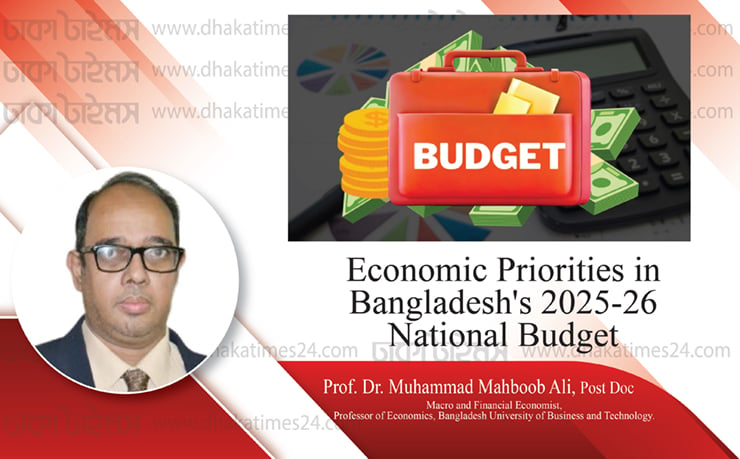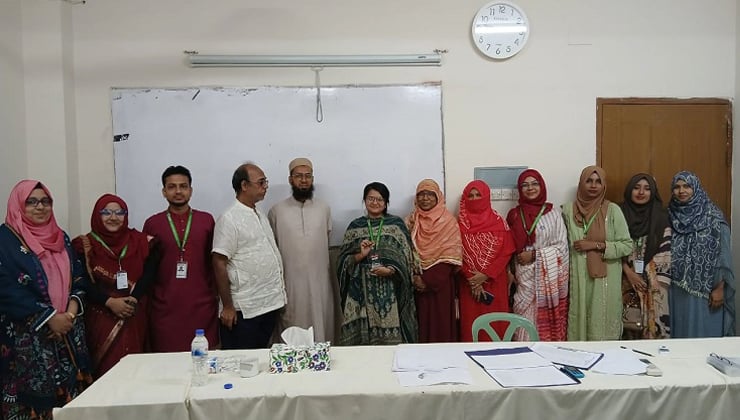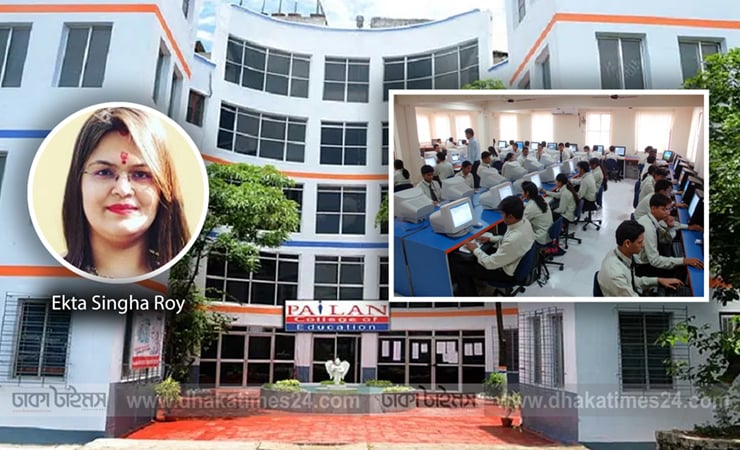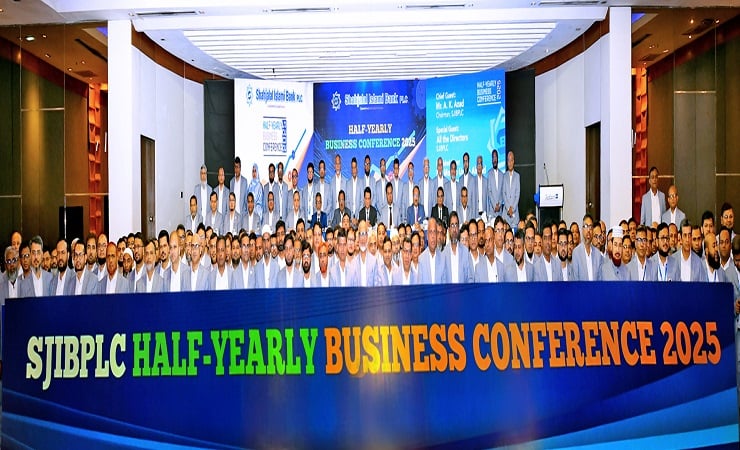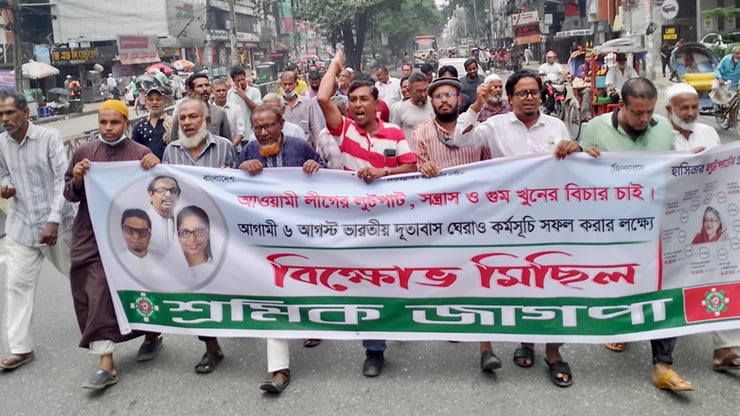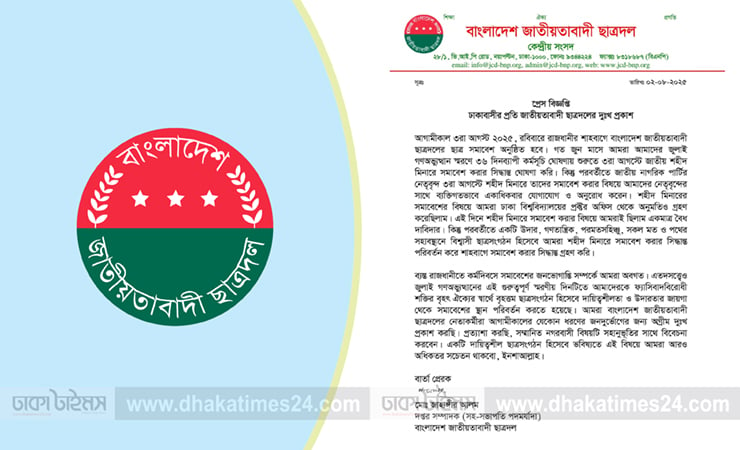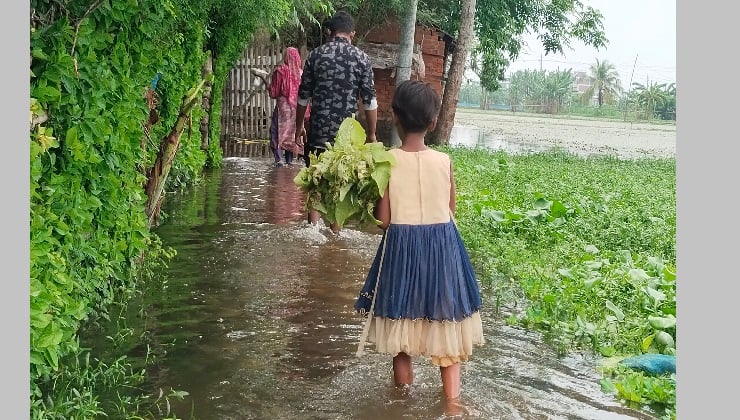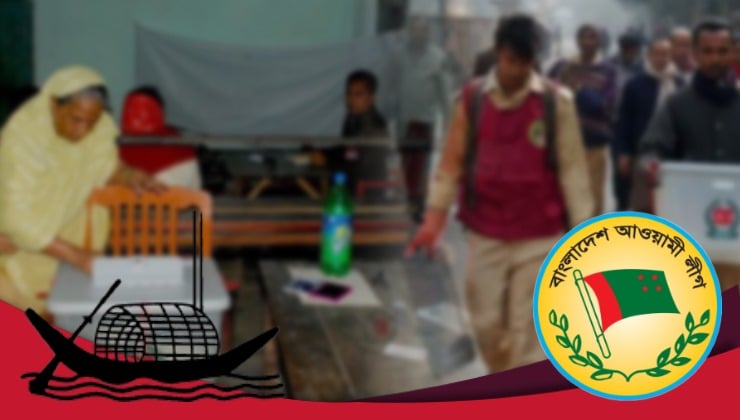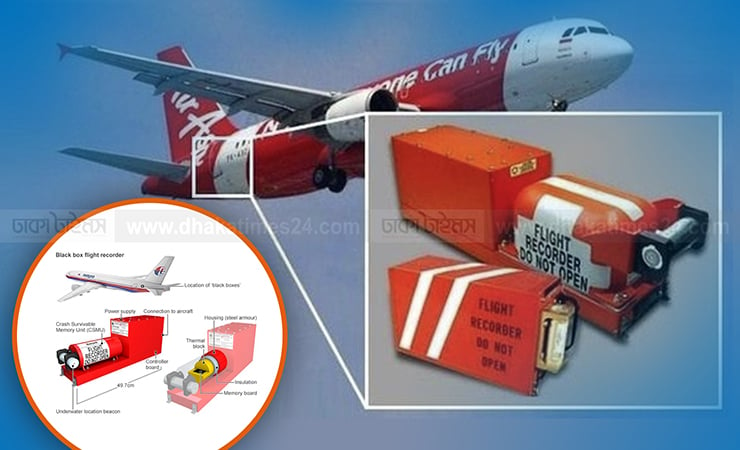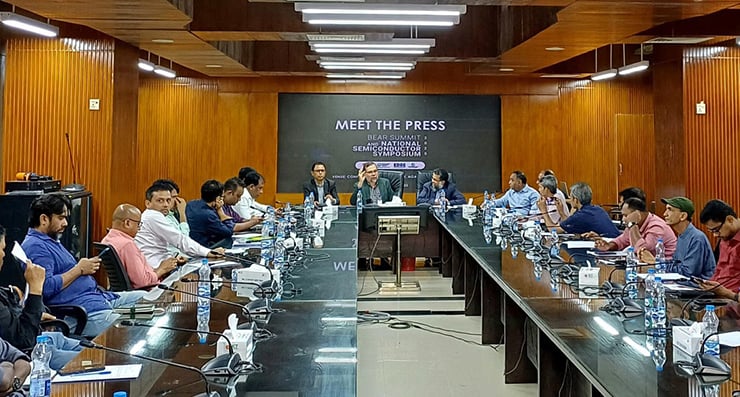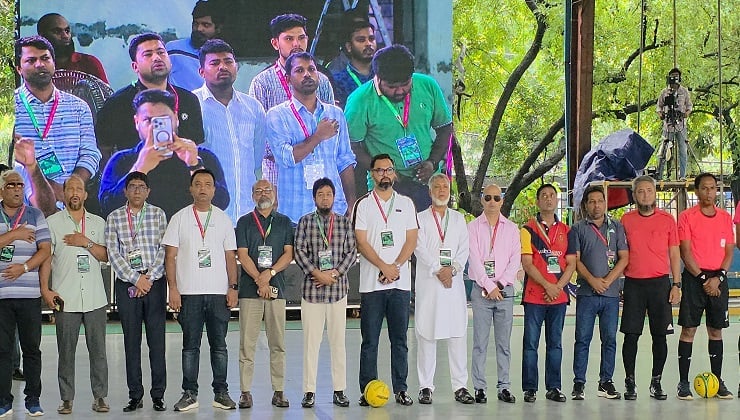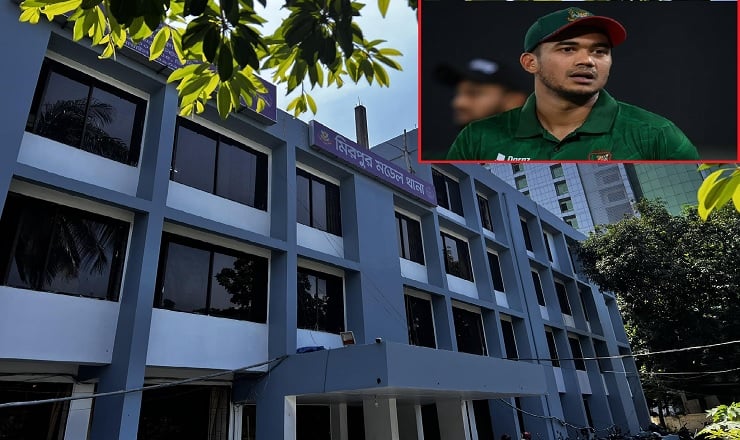Bangladesh's Path to Prosperity: Navigating the Challenges of LDC Graduation in 2026
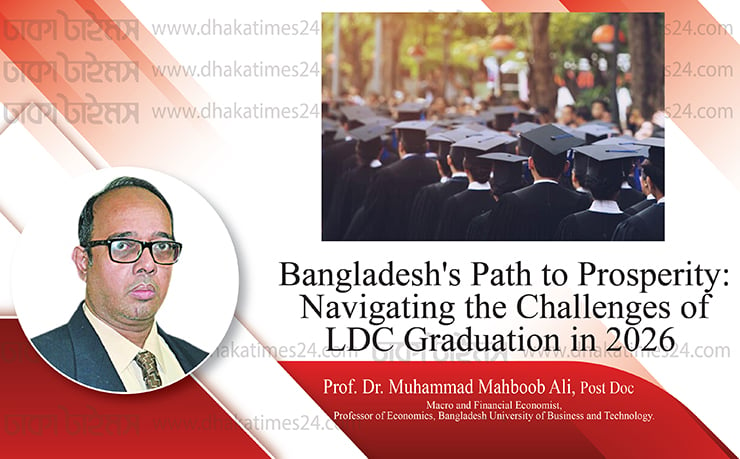
Graduating from the Least Developed Countries (LDC) category in 2026 presents Bangladesh with both opportunities and challenges. Navarro-Pabsdorf et al. (2025) noted that millions live in Least Developed Countries (LDCs), among the world's poorest. Addressing their situation is a pressing global challenge. Since 1971, the UN has classified LDCs based on factors like reliance on international trade, rapid population growth, low literacy, an unskilled workforce, and weak institutions. This transition signifies progress and enhances the country's global standing, but it also results in the loss of certain trade benefits and development aid typically available to LDCs. As this change approaches, questions arise about whether Bangladesh is adequately prepared and how to mitigate potential risks. A critical need for diversification exists, necessitating urgent reforms in trade policies and an expansion of the export portfolio. The nation’s heavy reliance on ready-made garments (RMG) poses a significant risk of economic stagnation, as no country has successfully transformed its economy with such a high concentration of exports. To address this, the RMG sector must innovate by exploring new markets, styles, and fabrics.
To avoid slipping into the "infeasible region" of development, it is crucial for Bangladesh to diversify into high-value sectors, which will require substantial adjustments to trade policies and export strategies. Measures being considered to facilitate this transition include investments in infrastructure to improve transportation and logistics, fostering technological advancements to enhance productivity, and offering training to help businesses comply with international standards. Additionally, the government aims to seek new trade agreements to bolster market access, implement export development programs to promote diversification, and establish financial support mechanisms aligned with WTO guidelines. Monaco and Abe (2023) emphasized that LDCs preparing for graduation in the near future are collaborating with United Nations agencies to create vulnerability profiles and impact assessments that inform the graduation process.
These initiatives are designed to help Bangladesh navigate the challenges of LDC graduation while remaining competitive in the global market. Despite the adverse global conditions exacerbated by the pandemic, the country continues to demonstrate resilience and growth potential. The transition to a free market economy offers both opportunities and challenges. While it can enhance Bangladesh's image and attract foreign direct investment (FDI), it also means losing preferential trade benefits and development assistance. Key challenges include the loss of duty-free access to major markets like the EU, compliance with TRIPS regulations that could affect the pharmaceutical sector, increased competition, and the need for urgent trade reforms.
However, LDC graduation also brings positive prospects, such as an improved national image, increased FDI, and enhanced capabilities to meet global challenges. As Bangladesh diversifies into less tariff-sensitive sectors, new trade opportunities may arise, strengthening global partnerships. To effectively prepare for these changes, the government is focusing on a comprehensive transition strategy that includes trade reforms, monitoring and evaluation systems to track progress, and engaging stakeholders for insights and recommendations.
The biggest obstacles to improving customs efficiency often include bureaucratic inefficiencies, where cumbersome regulations and lengthy procedures slow down processes. A lack of technology due to insufficient investment in modern systems can hinder operations. Additionally, inadequate training of customs personnel in modern practices affects performance. Corruption can also lead to delays and increased costs, undermining efficiency. Poor infrastructure creates bottlenecks that affect the flow of goods, while complex tariff structures can lead to confusion and processing delays. Insufficient collaboration between customs and other government agencies can impede efficient clearance processes, and limited data sharing can prevent timely decision-making.
Effective interventions in Bangladesh have been particularly relevant and impactful. Rural credit and urban slum credit programs provide small loans to entrepreneurs, which stimulate local businesses and enhance livelihoods in both rural and urban areas. Education and training initiatives aim to increase literacy and vocational skills, thereby improving workforce capabilities and expanding economic opportunities for a growing population. Bekkers and Cariola (2024) observed that the choice to use preferences requires balancing the benefits, mainly the rise in export volume, against the often considerable and fixed compliance costs. Their model of complete preference utilization presumes that these compliance costs will be minimal in relation to the benefits, a significant assumption to make.
Healthcare initiatives in Bangladesh have focused on enhancing access to basic services and vaccinations, significantly reducing mortality rates and improving community health. Investments in infrastructure—particularly in transportation, energy, and communication—facilitate trade and foster economic growth, essential for a country transitioning towards more robust economic status.
Agricultural support programs provide resources and training for sustainable farming practices, which are vital in boosting food security and strengthening rural economies. Social protection programs, such as cash transfers, serve as safety nets, helping vulnerable populations manage economic shocks and maintain stability in their lives.
Trade capacity building is crucial for assisting Bangladeshi businesses in meeting international standards and accessing global markets, thereby enhancing export potential. Furthermore, governance and institutional strengthening initiatives promote stability and effective service delivery, which are essential for sustainable development.
In the 2016 model on Community Banking (Ali, 2016), it was illustrated how micro savings can effectively be converted into micro investments. This approach emphasizes the potential of community banking to empower individuals by enabling them to save small amounts of money for investment in local enterprises or projects. By facilitating this process, individual financial stability is enhanced while local economic growth and development are stimulated. Following the decision of the then Finance Minister to rename the police bank as Community Banking, the model was adapted to reflect this shift, being rebranded as Societal Banking.
From a managerial and administrative perspective, these interventions necessitate strong coordination among various government agencies, NGOs, and private sector stakeholders to ensure effective implementation. Managers must focus on capacity building within institutions to enhance service delivery and foster an environment conducive to economic growth. Additionally, combating corruption through transparent practices and accountability measures will be essential in maximizing the benefits of these interventions. By strategically leveraging these initiatives, Bangladesh can continue to foster economic development and improve living conditions for its citizens.
Bangladesh's graduation from the LDC category is a significant milestone that necessitates careful planning and proactive measures. By addressing these challenges, the country can leverage its graduation to foster economic growth and development. Strategic recommendations include shifting away from cash-based export incentives to WTO-compliant support measures, reforming high tariffs, enhancing customs efficiency, learning from global best practices, and transitioning to a productivity-driven approach for sustainable growth.
Bangladesh should prepare to seek GSP+ membership after its LDC graduation. The benefits of GSP+ would be substantial, particularly through tariff reductions, which would lower or eliminate tariffs on a wide range of exports, especially textiles and garments—key sectors for the economy. Increased access to EU markets would allow Bangladeshi products to compete more effectively, while improved trade conditions could attract foreign direct investment, boosting local industries and creating jobs. GSP+ would also provide opportunities for economic diversification, enabling Bangladesh to expand into sectors beyond textiles and enhancing overall economic resilience.
Additionally, compliance support would help meet environmental and labor standards, improving the reputation of Bangladeshi products. Access to funding for sustainable development initiatives would align economic growth with environmental goals. Collectively, these benefits could significantly advance Bangladesh's economy post-LDC graduation.
Creating employment opportunities should be the top priority, with a focus on growth with equity. Structural changes in the banking sector are essential, and efforts to reduce the culture of defaults must be prioritized. As a BIMSTEC member and a probable candidate for ASEAN, Bangladesh can leverage these regional organizations for economic cooperation. While BIMSTEC connects South Asia and Southeast Asia, ASEAN focuses on Southeast Asian nations. Bangladesh must transition from inactivity to active participation in BIMSTEC and pursue collaboration within ASEAN without delaying its LDC graduation.
Writer: Macro and Financial Economist, Professor of Economics, Bangladesh University of Business and Technology.
 ঢাকা টাইমস অনলাইন এর সর্বশেষ খবর পেতে Google News ফিডটি ফলো করুন
ঢাকা টাইমস অনলাইন এর সর্বশেষ খবর পেতে Google News ফিডটি ফলো করুন
মন্তব্য করুন



